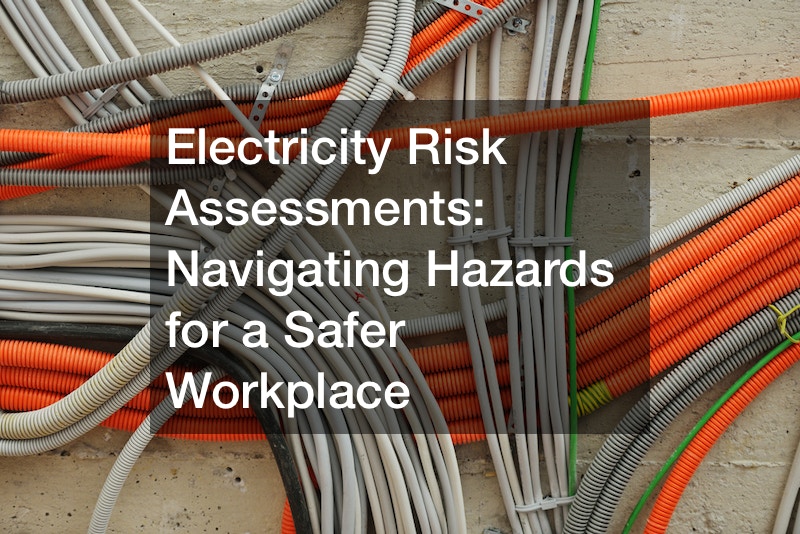
Concerning electrical work, understanding the potential risks is necessary for ensuring a safe and secure environment. Here’s a comprehensive overview to enhance awareness of the dangers associated with working in environments containing electrical supplies.
The hazards associated with electricity are systematically categorized into six main groups: physical, environmental, organizational, biological, chemical, and mechanical. These categories serve as a crucial framework for recognizing and comprehending electrical work’s spectrum of dangers. Electric shocks are a prominent physical hazard from which immediate dangers can arise if proper precautions are not taken.
Electricity isn’t just a risk in terms of direct physical harm. It can also act as a source of ignition for fires, introducing a secondary yet potentially devastating hazard. Fires resulting from electrical malfunctions not only pose a threat to individuals but can also lead to environmental hazards, escalating the consequences far beyond the immediate workspace.
To manage these risks effectively, a thorough electrical system assessment is crucial. By systematically spotting potential hazards and implementing robust risk controls, individuals and their colleagues can significantly mitigate the risks associated with electrical work. This process involves meticulously examining the work environment, identifying potential points of failure, and instituting preventive measures.
To conclude, fostering an awareness of potential risks and a commitment to safety is an ongoing process. As technology evolves, so must our understanding and management of electrical hazards. By staying informed, practicing vigilance, and prioritizing safety protocols, individuals can create a work environment that minimizes risks and promotes a secure and thriving workplace.
.





